Jehangir RatanjiDadabhoy Tata, affectionately known as JRD Tata, was not just an iconic industrialist; he was a transformative visionary who believed in building a future where progress, people, and the planet thrive together. As the guiding force behind the Tata Group, he transcended the conventional role of a business leader, becoming a humanitarian who shaped India’s approach to sustainable development, social equity, and inclusive growth.
In an era when sustainability wasn’t yet a buzzword, JRD lived its essence—embedding environmental consciousness, ethical leadership, and community-centric practices into the Tata ethos. His actions laid the foundation for what we today recognise as the “One” approach—where business success, societal development, and environmental stewardship are inseparable and interdependent.
His commitment to environmental consciousness took institutional form with the establishment of the Tata Energy Research Institute in 1974—now TERI—focused on renewable energy and climate change at a time when few were thinking about it. His vision extended to education and social empowerment, leading to the creation of institutions like the Tata Institute of Social Sciences and the National Institute of Advanced Studies, both conceived to blend academic excellence with a deep understanding of social realities and national needs.
JRD’s leadership was not confined to boardrooms. He was known for walking unannounced through the Steel Works shop floors, engaging directly with employees, and listening to their concerns. Once, after observing the safety conditions during a plant visit, he immediately ordered infrastructure upgrades—well before safety protocols were formalised through regulation. His belief in fairness and potential over formality is reflected in a now-famous instance where he overruled a promotion denial because the candidate lacked a degree. “A degree is only one measure of merit,” he had said, championing talent and effort over credentials.
JRD’s sense of nation-building was expansive. His founding of India’s first commercial airline in 1932 wasn’t just about aviation. It was about connectivity, pride, and placing India on the global map. Under his leadership, Tata products and services became synonymous with quality and trust, both within India and internationally. He led with a quiet conviction that excellence, ethics, and empathy were not mutually exclusive, but interdependent.
At Tata Steel, JRD’s legacy is visible in both scale and spirit. He encouraged global collaborations and technological upgrades, always thinking ahead of the curve. He knew that innovation and skill development were essential to staying competitive and resilient. During economic downturns, he urged a focus on long-term national need rather than short-term profits, a principle that still guides the company’s strategic thinking.
His approach was measured, principled, and far-sighted—anchored in the belief that Tata Steel’s growth must serve India’s development.
His empathy extended beyond the workforce to the communities around Tata operations. He promoted social welfare projects in health, housing, education, and sanitation—laying the groundwork for what we now call CSR (Corporate Social Responsibility).
JRD was equally invested in the soul of the nation. His support for the National Centre for the Performing Arts (NCPA) and numerous artistic endeavours showed that he valued not just development, but cultural richness. He believed that a strong nation must honour its heritage and nurture creativity.
A man of few words but deep convictions, JRD led by example. His conduct, humility, and personal discipline earned him immense respect—not just among peers but among people from all walks of life.
Under JRD Tata’s stewardship, Tata Sons grew from 14 to 95 companies, and the Group’s assets skyrocketed from approximately $100 million to over $5 billion. But more than the numbers, it is the values he embedded—empathy, foresight, and integrity—that define his true legacy.
He did not merely build an empire—he built a framework for responsible, inclusive, and sustainable growth. Today, as organisations embrace the “One” approach, his philosophy reminds us that true leadership lies in aligning purpose with action and ensuring that progress uplifts everyone it touches.
JRD Tata’s life continues to inspire a generation to think long-term, act ethically, and lead with empathy—because that is the only path to a truly unified future.



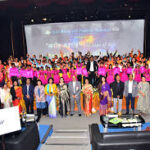




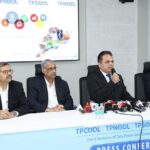
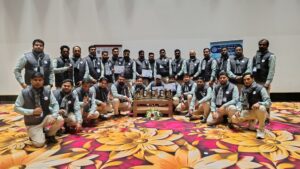
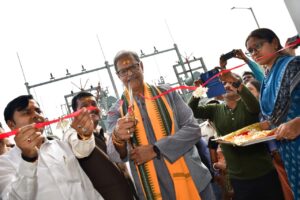


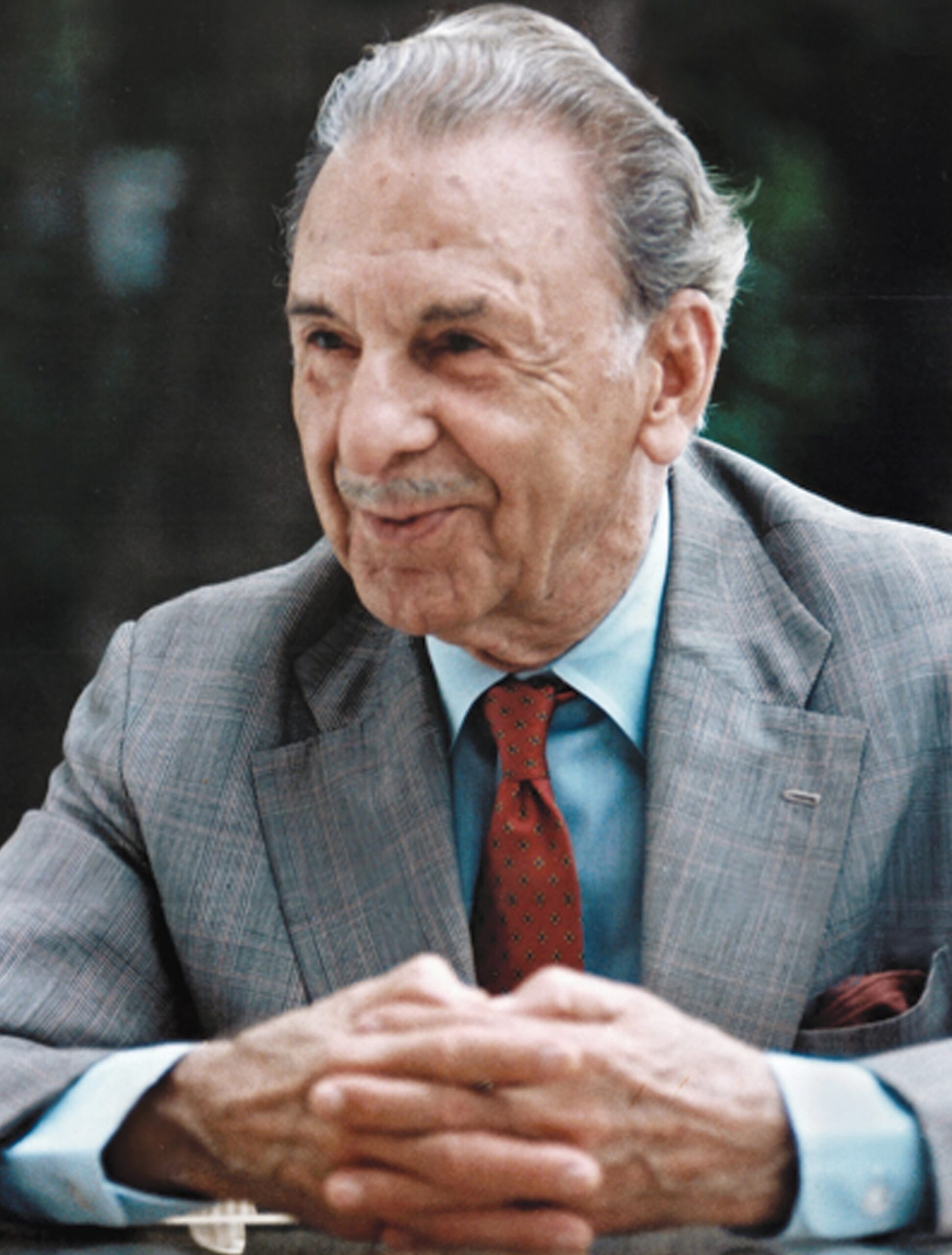
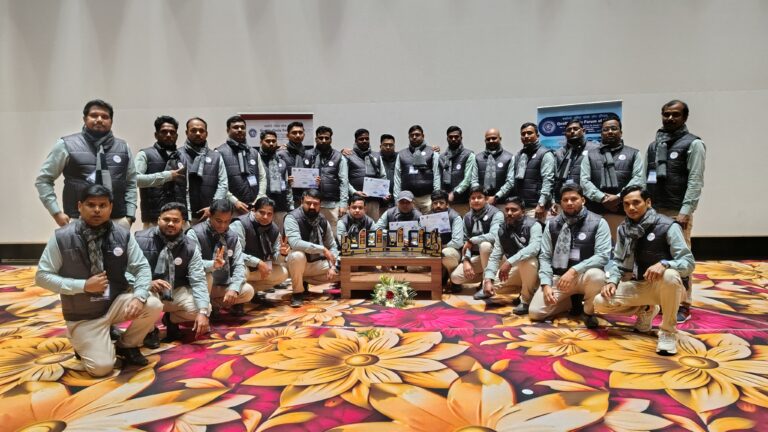
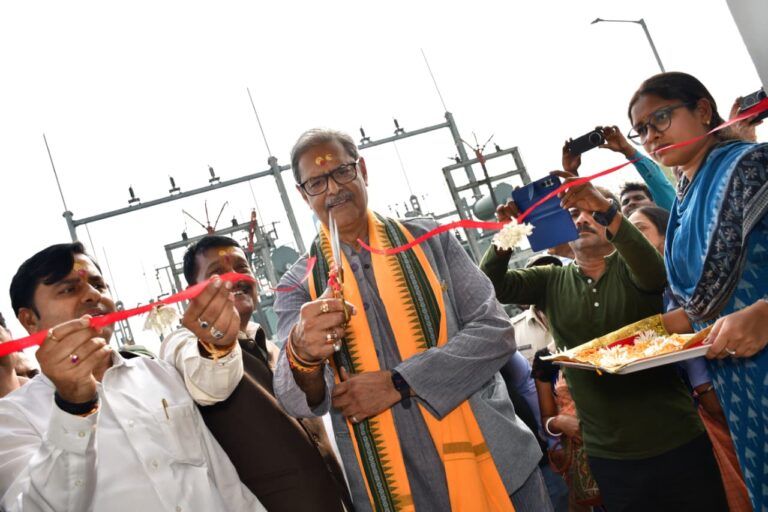

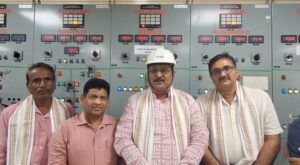
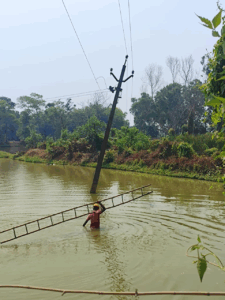


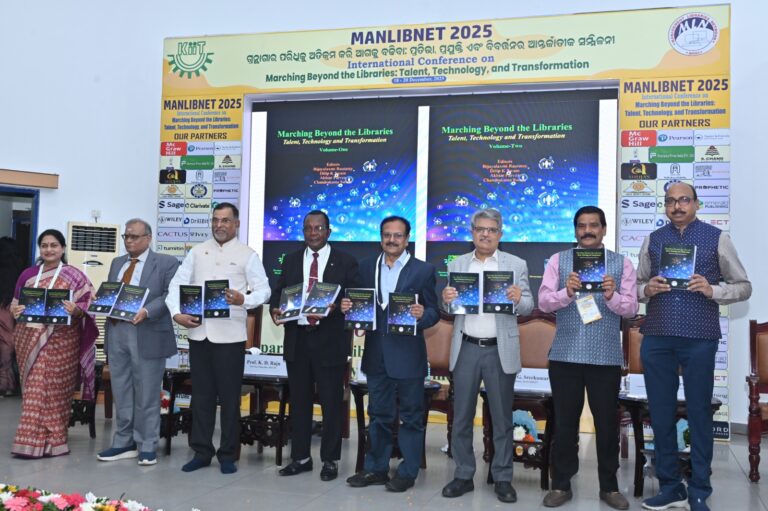
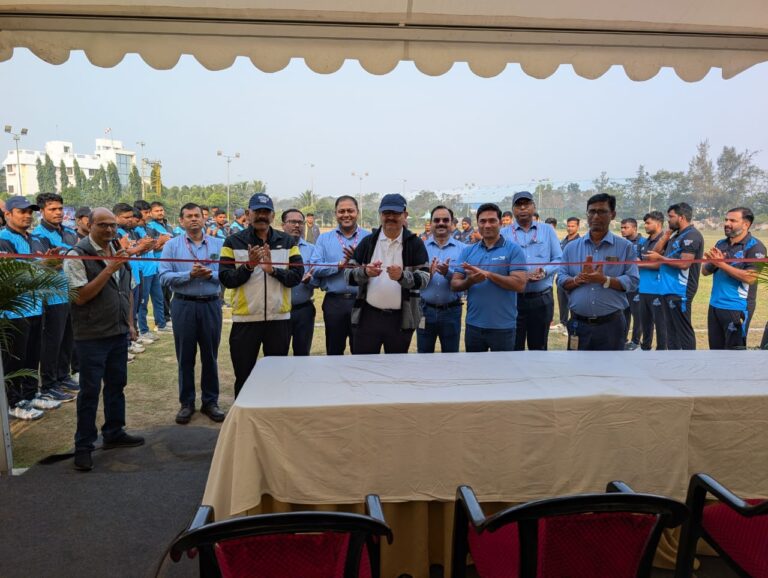
+ There are no comments
Add yours